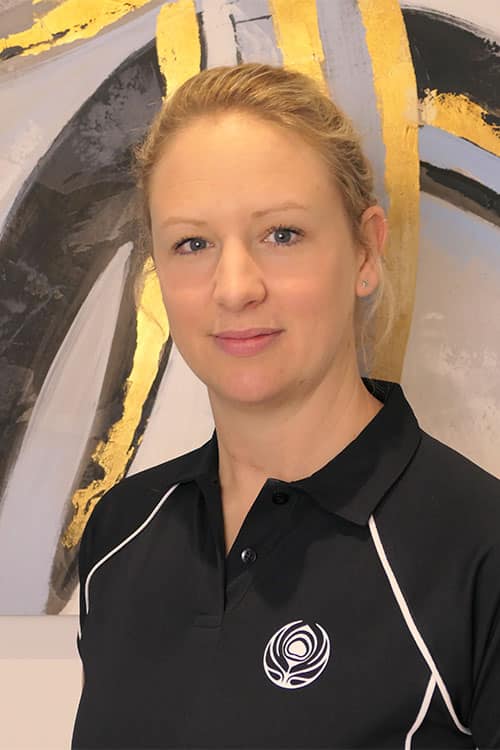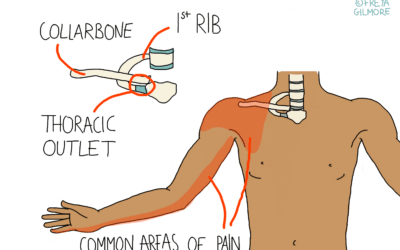Pregnancy & Post-natal Osteopathy
Osteopathy can help women manage the many physical changes that can come with pregnancy and childbirth.
What is Pregnancy & Postnatal Osteopathy?
Osteopathy can help pregnant and post-natal women. Pregnancy brings about many changes in a mother’s body to accommodate a foetus. These include softening of the ligaments, postural changes and an overall increase in weight. These changes undoubtedly put extra pressure on many areas of the body, especially on the pelvis and spine, causing associated aches and pains in many joints, particularly the lower back and pelvis.
With the same theory used throughout osteopathic treatment, an osteopath will assess these changes in a mother’s body, and tailor their techniques to try and release the stresses and strains that are observed. The treatment provided therefore aims to help the mother prepare for, and adapt to the postural changes that occur during pregnancy.
Similar can be said about the postural changes that then occur after birth, in order to get the body back to its original form. The body not needing to accommodate the baby in the womb anymore, but rather in a mother’s arms!
“Osteopaths work to restore your body to a state of balance where possible, without the use of drugs or surgery. Osteopaths use touch, physical manipulation, stretching and massage to increase the mobility of joints, to relieve muscle tension, to enhance the blood and nerve supply to tissues, and to help your body’s own healing mechanisms. They may also provide advice on posture and exercise to aid recovery, promote health and prevent symptoms occurring.”
Price list
For pregnancy & post-natal osteopathy
Initial treatment (Senior Osteopath)
30 minutes
Continuing treatment (Senior Osteopath)
30 minutes
Initial treatment (Associate Osteopath)
30-45 minutes
Continuing treatment (Associate Osteopath)
30 minutes
Pregnancy Massage (Massage Therapist)
60 minutes
Book here
Get in touch
If you are uncertain whether osteopathy can help with your particular complaint related to pregnancy, birth or motherhood, just give us a call on 01293 784200 or send us an email for some friendly advice.
Read the latest on our blog
Find out more about how osteopathy can help you manage and prevent injury and pain.
Effects of Hormones on Pain
Pain is complicated, and the way the brain interprets it is dependent on a vast number of different factors. Hormones are included in these factors, so it's important for your osteopath to know your full medical history. Inversely, sometimes pain is the first sign...
Chronic Pain
The word "chronic" is often misused to mean "intense". Its real meaning is about duration, and the medical definition of chronic pain is pain that lasts more than 3-6 months. The reason this milestone is significant is that it is longer than most physical injuries...
Thoracic Outlet Syndrome
Thoracic Outlet Syndrome (TOS) is an issue that causes pain and other symptoms in the shoulder and arm. It occurs when there is compression of blood vessels, nerves, or both. The compression happens at the thoracic outlet, which is a small space near where the collar...


















